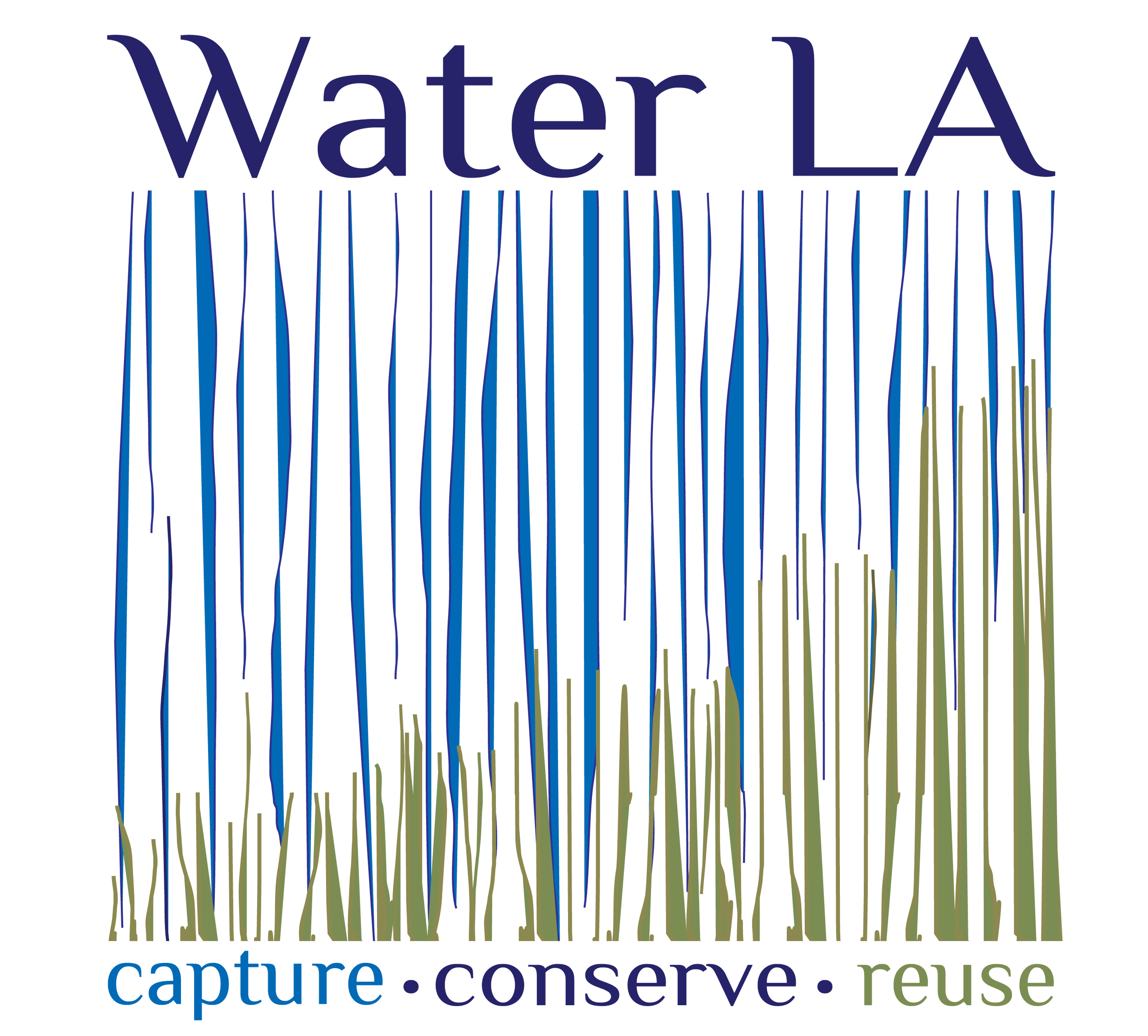Urban Acupuncture
The term “urban acupuncture” is based off of the traditional Chinese medical theory of acupuncture. It uses small-but-powerful strategies as pinpoints for areas in need of repair. Regenerative projects serve as needles that revitalize the whole by addressing the parts. Urban acupuncture relieves stress in the environment.
The process uses many small-scale interventions to transform the larger urban fabric. Water LA’s urban acupuncture strategies focus on local resources rather than bigger infrastructure and imports. These strategies give people opportunities to take meaningful personal action, to be good neighbors and environmental stewards, and to contribute to a more climate resilient future for Los Angeles.





